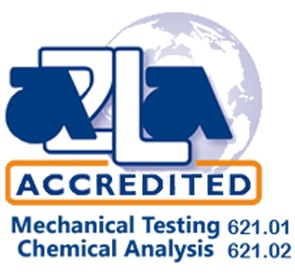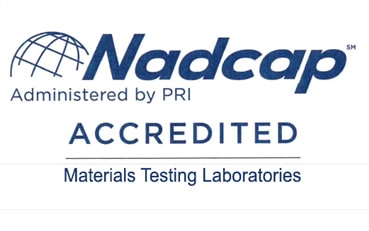ASTM G85
ASTM G85 Standard Practice for Modified Salt Spray (Fog) Testing
The ASTM G85 standard consists of a set of 5 modifications to the ASTM B117 Salt Spray Test. These modifications are applicable to ferrous and nonferrous metals, and also to organic and inorganic coatings. These variations are useful when a different or more corrosive environment than the salt fog described in Practice B 117 is desired. To obtain complete specifications click here.
ASTM G85 Annex A1 Acetic Acid-Salt Spray Test, Continuous
This standard was originally published as ASTM B287.
ASTM G85 Annex A2 Cyclic Acidified salt Fog Testing
Originally developed for testing exfoliation on certain aluminum alloys and sometimes still referred to as a MASTMAASIS Test.
ASTM G85 Annex A3 Acidified Synthetic Sea Water (Fog) Testing
This test was originally published as ASTM G43; it is used to determine corrosion resistance in a severe marine environment. It is widely referred to as the SWAAT Test.
ASTM G85 Annex A4 Salt/So2 Spray (Fog) Testing
This test was developed by the US Navy as a means to simulate corrosion on aircraft carriers.
ASTM G85 Annex A5 Dilute Electrolyte Cyclic Fog/Dry Test
This test is particularly relevant to paints on steel. It began its development in the 1960's when J.B. Harrison and T.C.K. Tickle began using a diluted mixture of sodium chloride and ammonium sulfate to replace the 5% sodium chloride solution used in the Salt Spray test. Then in the 1970's F.D. Timmins along with Mebon Paint, a UK manufacturer of surface coatings decided to dilute the solution to its presently used concentration. They also reduced the solution temperature to ambient 35°C to more closely simulate natural weathering. F.D. Timmons coined the term "Prohesion" from protection is Adhesion. And it still may be referred to as the PROHESION Test.



